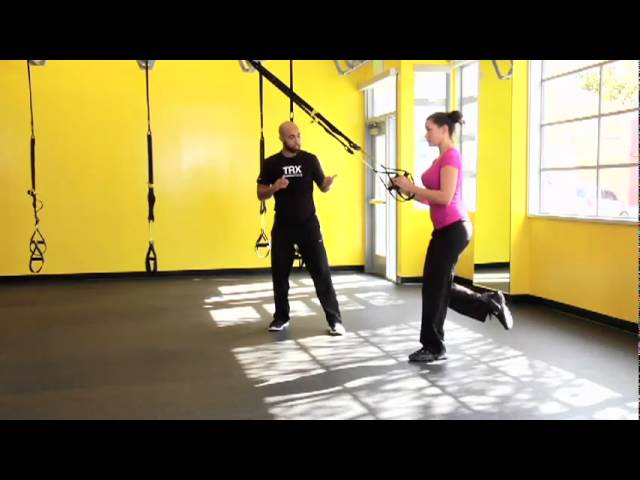With many of you training for running events this year, we wanted to share this article from physical therapist Chris Nentarz on common injuries that plague runners, and what you can do to avoid them. (Hint: it involves the TRX Suspension Trainer.)
Most running injuries stem from overloading, poor recovery, and biomechanical issues. Take our quick assessment quiz for a personalized injury prevention plan. This two-part article addresses Iliotibial Band Syndrome (ITBS), a common runner's injury, examining its root causes and evidence-based solutions.
TAKE OUR TRAINING QUIZ
The Need
ITBS can be a challenging injury to overcome, many times requiring four to six weeks to recover. Many bouts of ITBS return only weeks or months later. Traditional treatment many times fail because they spend too much time focusing on or around the local pain site. As you will learn, the wisdom of resolving ITBS can be found by treating the source of the dysfunction and not the local painful tissue.
ITBS occurs due to a small imbalance in our system. A great analogy is a car. If your tire alignment is off, then we will have early and excessive wear and tear on our tires. So I ask, “What good is it to replace the tires if we don’t address the systems alignment?” We have all fallen victim to this paradigm termed "eductionism." The tires are not to blame in the car's altered performance.
What is the Iliotibial Band?
The Iliotibial Band (ITB) is a thick fibrous tendon that extends from the outside of the pelvis down to the outside of the knee and shinbone. The ITB adds stability to the lower leg and functions to decelerate the internal rotational forces created as we impact the ground during running. In many cases, the ITB is wrongfully blamed for knee pain.
What Goes Wrong?
Classic symptoms of ITBS include pain along the outside of the knee that may be accompanied by a clicking sensation. A popular theory states that problems occur when the joint flexes and extends during running and friction is created between the ITB and outside of the knee. This theory shouldn’t be discounted but our experience and biomechanical understanding tells us that there are many more factors causing the injury.
As with any injury, our bodies will be influenced by factors including overloading, under recovery, poor biomechanics and movement pattern dysfunctions.
Overloading
Most running injuries, including ITBS, are a factor of overloading the body's physiology. As runners, we are prone to overuse injuries for two primary reasons.
First, let’s face it: we enjoy running. Sometimes we ignore our bodies signs of “too much,” “too far” and “too long.” It’s good to go the extra mile, just don’t do it everyday. Dose your runs with intention.
Secondly, running is a repetitive movement by nature. Even the most perfect system when exposed to the same stresses over and over again, will breakdown over time. Add variability to your running routine by changing speeds, surfaces and distances.
In adjunct, lower the risk of overuse injuries by complimenting your running with a functional strength training program that consists of sport specific core stability exercises and stability-based movements.
Check out the video above for a great running workout on the TRX Suspension Trainer, and tune in next week as we share Part 2 of this series.
If you're a runner interested in using the TRX Suspension Trainer to enhance your run performance, check out the online training programs we created in partnership with renowned run coach Matt Dixon. Click here for more info.
Chris Nentarz is Physical Therapy Manager at Athletes’ Performance (www.athletesperformance.com). He is a Physical Therapist, Certified Strength Training Specialist and Performance Enhancement Specialist with over eight years of experience working with athletes of all levels, including providing consultation services to numerous professional and elite organizations in the United States and Canada.


